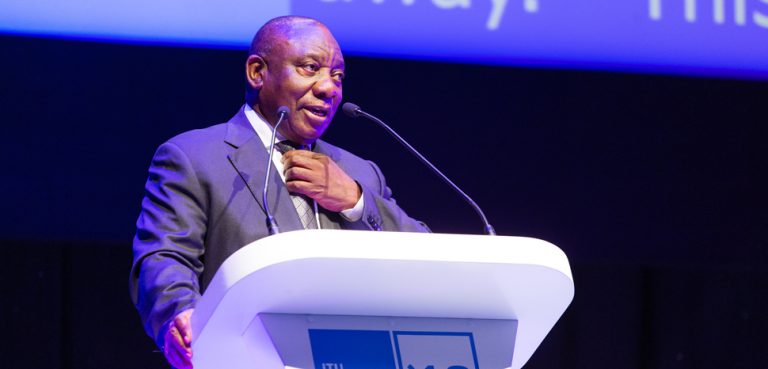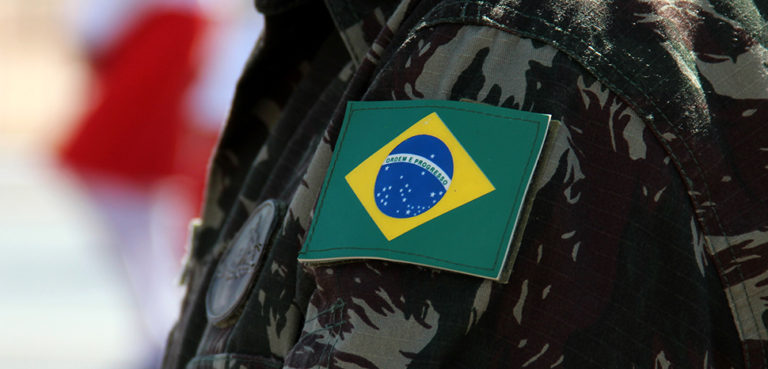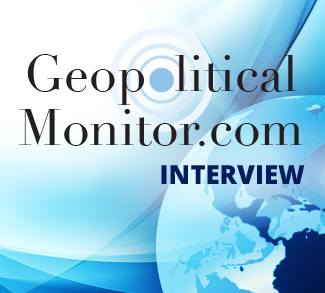Xi Jinping and Vladimir Putin aim to reduce US global dominance hinges on challenging the dollar’s status as the world’s currency. Other BRICS leaders, like Brazil’s Luiz Inácio Lula da Silva, Iran’s Ali Khamenei, and South Africa’s Cyril Ramaphosa, support this anti-US stance. Egypt, despite occasional alignment with the United States, also seeks to preclude the possibility of future sanctions by diversifying away from the dollar. Ethiopia’s economic impact is minimal, while Saudi Arabia and the UAE continue to benefit from the dollar’s global primacy.
Non-mainstream media outlets have extensively covered the purported de-dollarization efforts within BRICS, with headlines proclaiming “the BRIC currency swap is a global game changer” and “BRICS Push Currency Swap With 29 Countries Worth $550 Billion.” However, such reports are mostly speculative, and eye-catching figures like $550 billion tend to be aggregates of current trade volumes, bereft of any tangible backing in the form of official commitments or proposals from member states.
The idea of de-dollarization is not new; Russia, China, and other countries have been discussing it for decades. However, there have yet to be any significant movements in this direction. The most concrete steps taken include the establishment of swaps and the use of yuan in trade with heavily sanctioned members Russia and Iran—both of which will be explained later in this article—but this should not be conflated with any global move away from the dollar.




